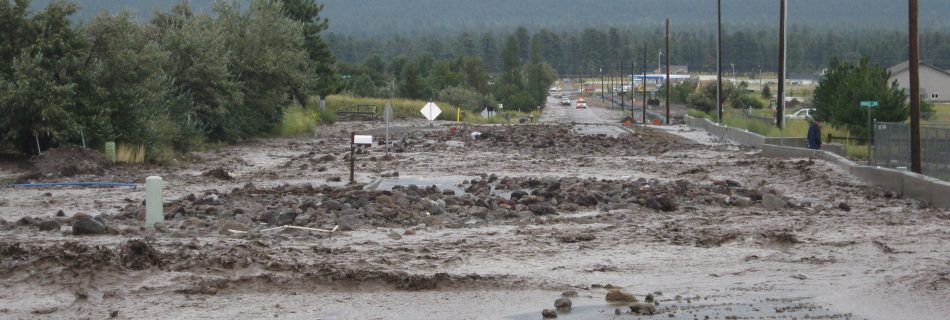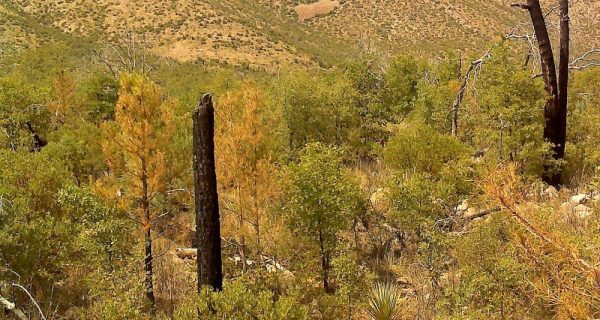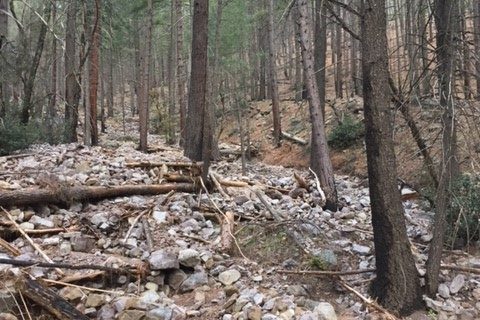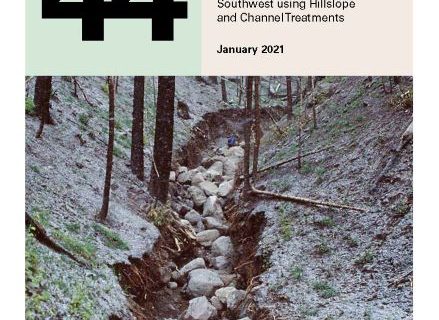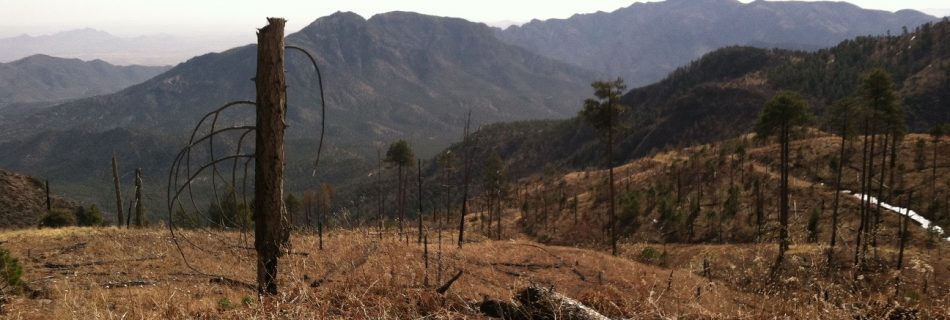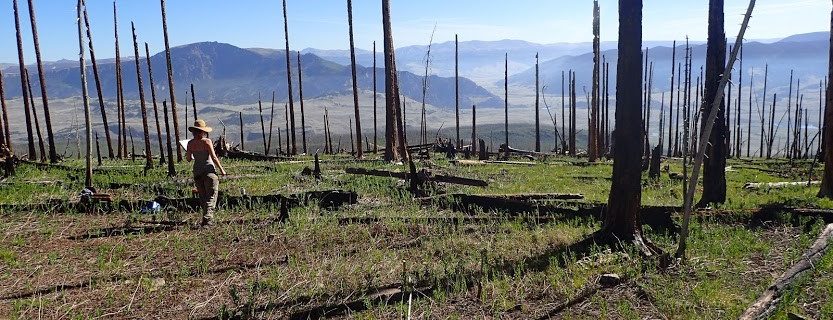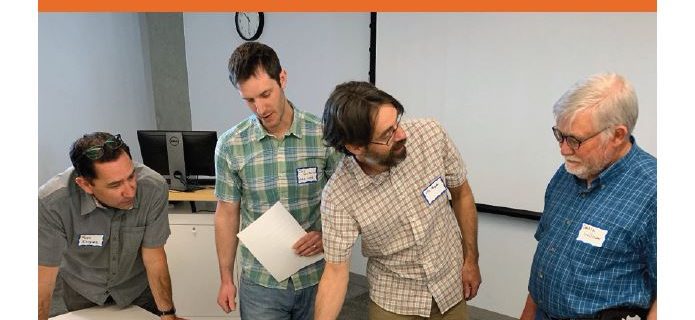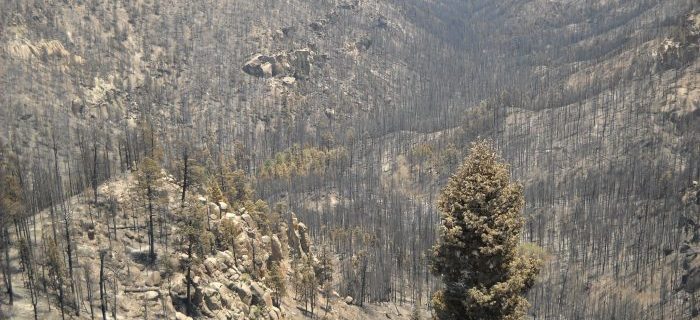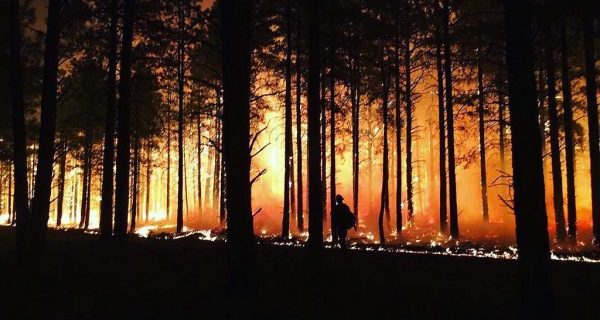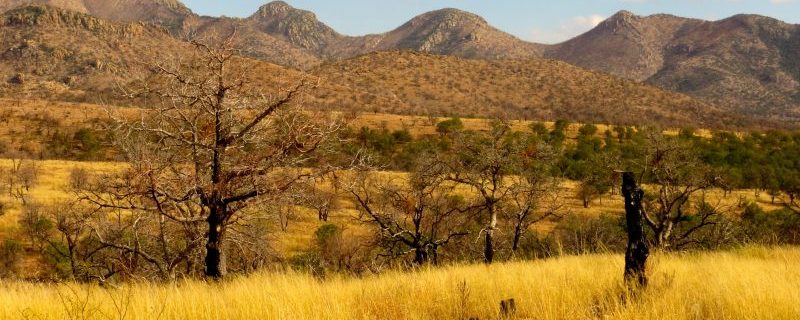Full-Cost Accounting of the 2010 Schultz Fire
Presenter: Dr. Melanie Colavito, Ecological Restoration Institute, Northern Arizona University; Dr. Catrin Edgeley, Northern Arizona University; and Dr. Evan Hjerpe, Conservation Economics InstituteDate: December 7, 2021 12pm Mountain Time The 2010 Schultz Fire was ignited by an abandoned campfire on June 20 and burned 15,075 acres northeast of Flagstaff, Arizona. Following the fire, intense monsoon …

